Australia Condemns 'Unsafe' Airspace Encounter and Rejects China's Allegations
Australian Defence Department Monitoring Chinese Naval Presence in Coral Sea
Australia has firmly rejected China's claims that an Australian Air Force aircraft "deliberately intruded into Chinese airspace" and jeopardized its national security. The Australian government has instead criticized the actions of a Chinese fighter pilot, who released flares dangerously close to the Australian aircraft, labeling the maneuver as "wrong" and "extremely dangerous."
The Australian Defence Department has accused the Chinese navy of conducting an "unsafe and unprofessional" operation, alleging that flares were dropped in close proximity to an Australian surveillance plane conducting routine operations over the South China Sea on February 11.
Both nations have since lodged formal complaints over the incident. Prime Minister Anthony Albanese addressed the media on Friday, asserting, "We have made representations through our normal diplomatic channels. We regard this action as unsafe. We have made that clear—both publicly and privately."
On Thursday, Australia's Defence Department also disclosed details of three Chinese naval vessels being monitored in the Coral Sea, north of Australia, for several days. This development follows previous tense military encounters, including a similar aircraft incident last year and an alleged sonar deployment by a Chinese ship near Australian navy divers in 2023.

Details of the Aerial Encounter
According to a statement released on Thursday, an Australian P-8A Poseidon patrol aircraft was carrying out a "routine maritime surveillance patrol" in the South China Sea when it encountered a People's Liberation Army Air Force (PLA-AF) J-16 fighter jet.
"The PLA-AF aircraft released flares in close proximity to the RAAF P-8A aircraft. This was an unsafe and unprofessional maneuver that posed a risk to the aircraft and personnel," the statement declared. Fortunately, no injuries or damage to the aircraft were reported.
Defence Minister Richard Marles underscored the gravity of the situation, explaining that if any flares had struck the Australian plane, the consequences could have been severe. "The proximity of the J-16 was so close that there was no way to ensure that the flares wouldn’t hit the P-8," he told Sky News.
The Australian government has formally conveyed its concerns to Beijing through diplomatic channels in both Canberra and China’s capital.
China's Response and Australia's Rebuttal
China has defended its military's actions, insisting that the Australian aircraft entered its airspace unlawfully. Chinese Foreign Ministry spokesperson Guo Jiakun stated, "The Australian military aircraft deliberately intruded into China’s airspace over Xisha Qundao [the Xisha Islands] without permission. Such actions violated China’s sovereignty and endangered its national security. The Chinese side took legitimate, lawful, professional, and restrained measures to expel the aircraft."
China has since lodged a formal complaint against Australia, urging it to cease "provocations" and refrain from "disrupting peace and stability in the South China Sea."
However, Australian Minister for Education Jason Clare dismissed these claims, reaffirming that the Australian aircraft was operating in international airspace. "I know this is contested, but this is international airspace. The actions of that Chinese pilot were wrong. When you fire off flares within 30 meters of another aircraft, it’s very, very dangerous. People could have been hurt, and that’s why we’ve made an official complaint to the Chinese government," Clare stated.

The Broader South China Sea Dispute
The incident underscores ongoing tensions over territorial disputes in the South China Sea. China asserts ownership over a vast region spanning more than 3.5 million square kilometers, a claim that overlaps with territorial assertions made by Vietnam, Taiwan, Malaysia, Brunei, and the Philippines.
Australia, alongside allies such as the United States and regional partners, routinely conducts freedom of navigation operations in these waters, adhering to international law.
"Australia expects all nations, including China, to operate their militaries in a safe and professional manner. The Australian Defence Force has conducted maritime surveillance in this region for decades, in accordance with international law, exercising the right to freedom of navigation and overflight," the Defence Department stated.
China's Naval Presence Near Australia
Simultaneously, the Australian Defence Department has been tracking a group of Chinese naval vessels near Australian waters. The fleet consists of the Jiangkai-class frigate Hengyang, the Renhai-class cruiser Zunyi, and the Fuchi-class replenishment vessel Weishanhu.
It is believed that these Chinese ships are conducting freedom of navigation operations consistent with international law. The Defence Department stated that the ships had traveled through Southeast Asia before approaching Australia’s maritime boundaries.
"One of the vessels, the Hengyang, transited the waters to Australia’s north," the statement noted.
"Australia respects the rights of all states to exercise freedom of navigation and overflight in accordance with international law, just as we expect others to respect Australia’s right to do the same."
The Australian military continues to monitor the Chinese naval task group using aerial and maritime surveillance assets.
This latest flare-up adds to the growing list of military confrontations in the Indo-Pacific, further highlighting the delicate nature of security relations between Australia and China.





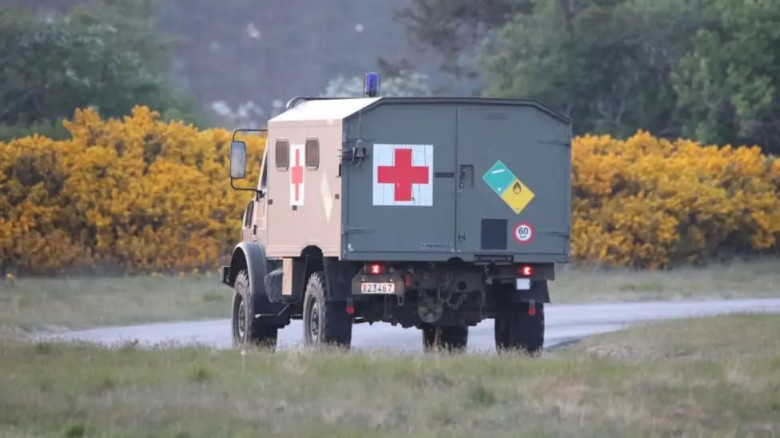


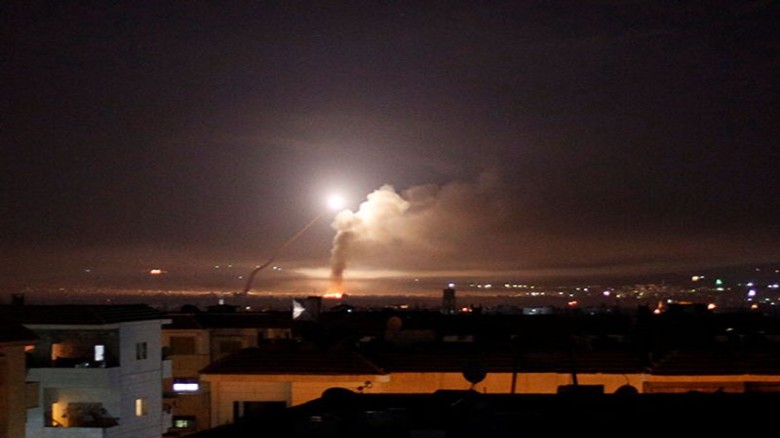


































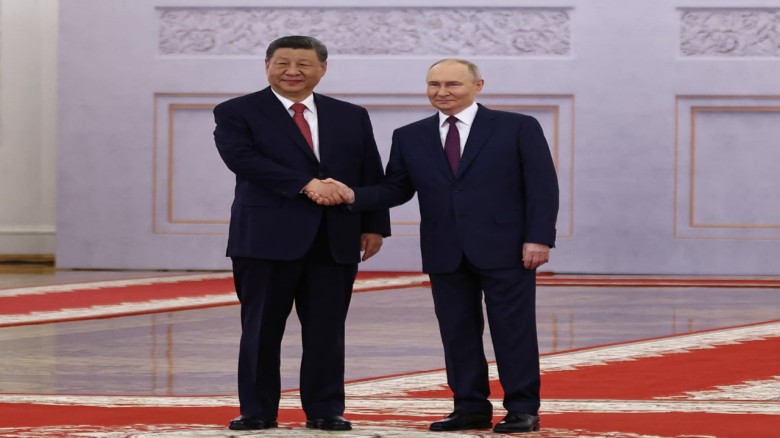
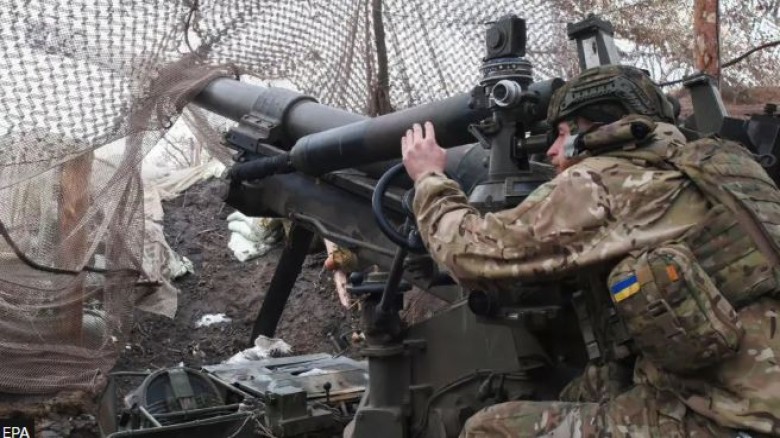


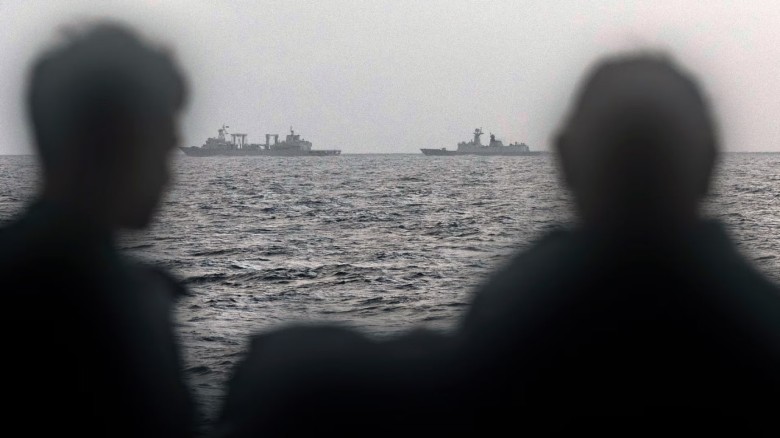
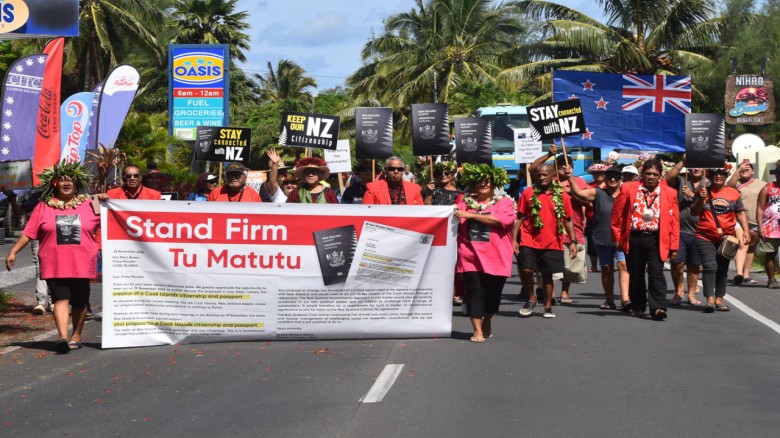





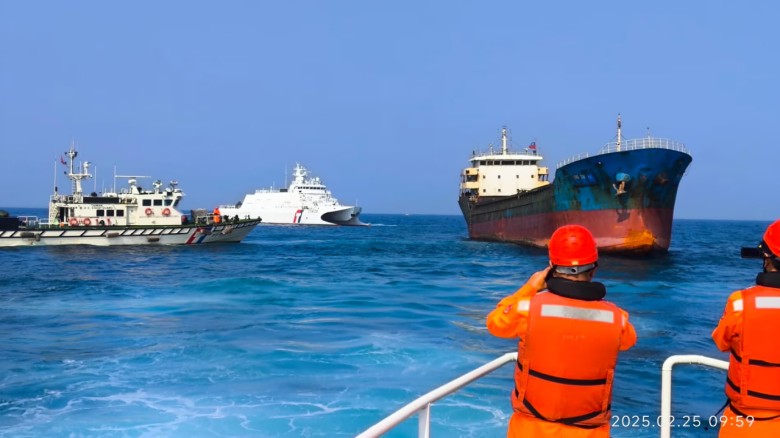
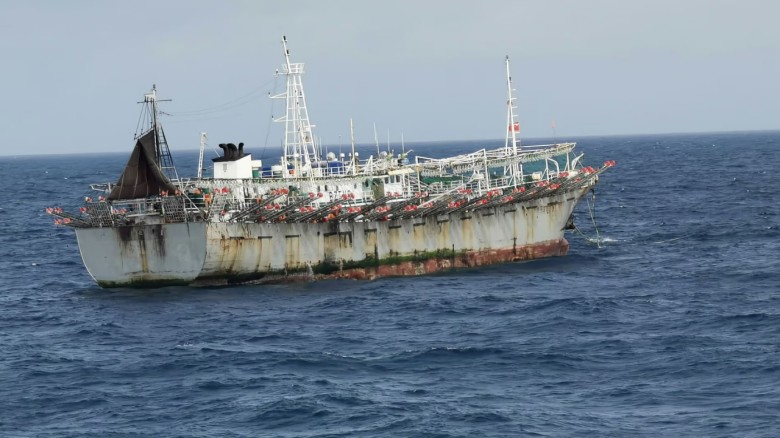

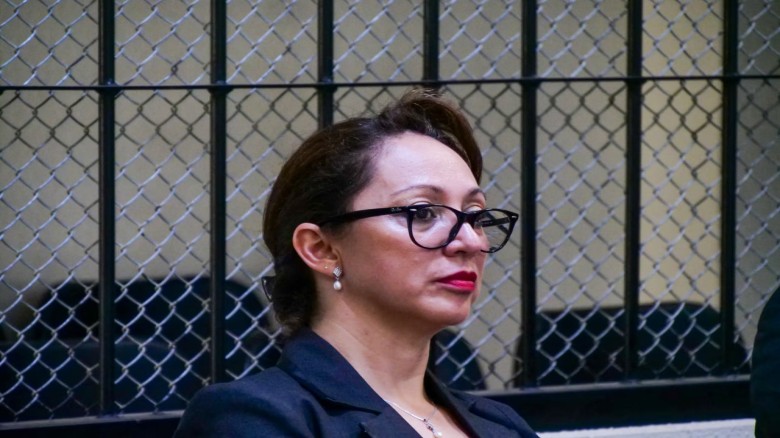















Leave A Comment